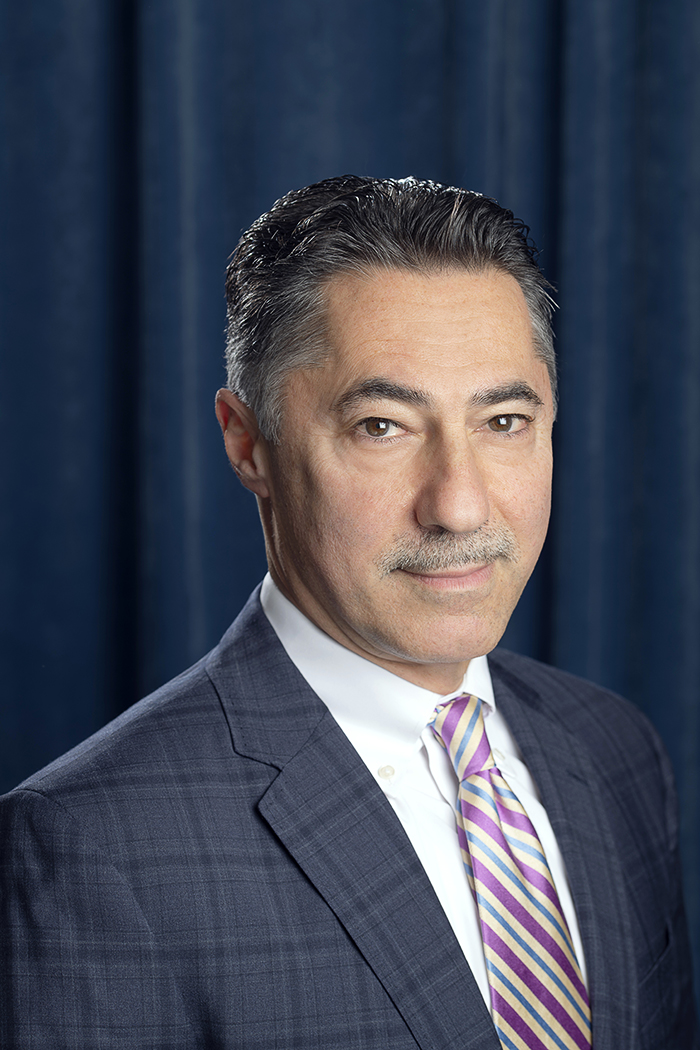NEWS
Q&A With Steven J. Diflora
We recently sat with Steve DiFlora to discuss his thoughts on how HVAC systems designs are playing a major role for nursing homes across America.
Can a facility’s HVAC system be contributing to the growth and spread of pathogens in its building? Depending on the design of your HVAC system, yes, that is possible. HVAC systems in typical nursing homes differ from those in an acute care hospital and, as such, usually lack certain features and attributes for reduction or removal of various contaminants.
For facilities with 250+ patient beds and a variety of common areas -what concerns should they be on the lookout for, particularly when infectious patients are present? Most nursing homes lack dedicated isolation rooms, and such patients are best located in an Airborne Infections Isolation (AII) Room, maintained under negative pressure at -0.01” WC with 12 air changes per hour of exhaust. Traditional HVAC design for nursing homes lacks this design. Infected patients do not always show symptoms, but can be a source of spreading the virus. How can nursing homes help prevent the spread of a virus if they are unable to properly maintain social distancing between patients? Nursing Homes typically have dining rooms, and other areas where patients tend to gather. There are improvements to the HVAC systems serving these higher density areas which can help reduce the risk of spreading the virus.
What type of systems upgrades could be considered in an effort to thwart the spread of such infectious pathogens? There are a variety of options to consider. All buildings are different and require an engineered approach. There are many types of technologies that can help building HVAC systems mitigate indoor air quality (IAQ) issues, including pathogen spread. These include ultraviolet germicidal irradiation, increased filtration, humidification, bi-polar ionization technologies, etc. Each has a proper use and position in various HVAC systems.
There is technology currently available that relates to retrofits to central HVAC air handlers, in-room UV and the like. Are there other solutions you would recommend? Yes. Our firm has prepared conceptual solutions for converting standard patient rooms into negative pressure isolation rooms. These are cutting edge solutions, where each building needs to be uniquely studied and addressed. We have also developed a concept to enable a quick (and reversable) conversion from a positive or neutral pressure room to a negative pressure room. With the strategic placement of exhaust registers, fans and filtration, we aim to help control room exhaust and pressure. This approach first directs clean air past the caregiver, past the infectious patient and into the exhaust system for evacuation from the building. With over 60+ years of experience in the healthcare industry, MGE’s K&L Group is readily available to perform feasibility studies and prepare concepts for consideration and implementation within your facilities.



